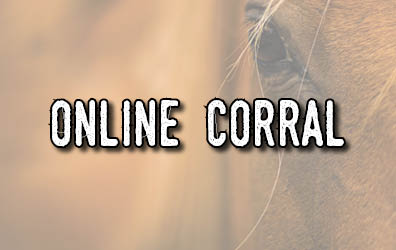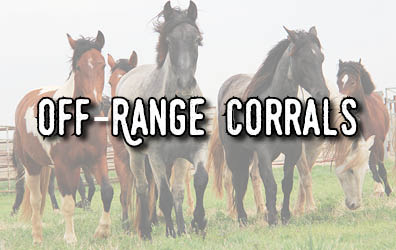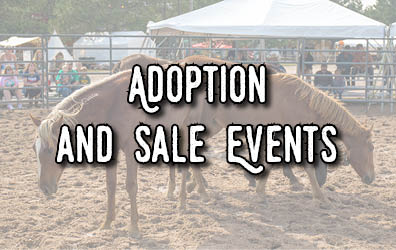Adoption Incentive Program
General Information
Q: Why did the BLM end the Adoption Incentive Program (AIP)?
A: The BLM ended the AIP in accordance with a March 3, 2025 court order, which enjoined further implementation of the program. In compliance with the order, the BLM has stopped issuing adoption incentive payments for animals not titled before March 3, and has discontinued additional participation in the AIP.
Q: Does the end of the AIP affect all adoptions?
A: No, members of the public may still adopt wild horses and burros through BLM’s adoption program. Visit the Adoption Events page to find an adoption event or Online Corral pickup opportunity near you. However, adopters will not be able to receive a monetary incentive from the BLM in association with adopting a wild horse or burro.
Incentive Payments
Q: Am I still eligible for my incentive payment?
A: The BLM can still make payments to those AIP participants who completed the titling process and obtained title to their adopted animal by March 3 (i.e., the date that the court’s order issued). If you titled your animal by March 3, 2025, and met all program requirements, you are still eligible to receive your incentive payment.
All adopters who titled their animal by March 3 will receive correspondence from the BLM by April 30 with instructions for receiving their payment. Please reach out to [email protected] with questions.
Q: I adopted an animal under the AIP but have not yet titled it. Am I still eligible for the incentive payment?
A: No. Per court order, the BLM may provide incentive payments only to adopters who completed the titling process by March 3, 2025. If you had not titled your animal by that date, the BLM will not be able to provide you with an incentive payment.
Options for Adopters Who Have Not Titled
Q: What are my options if I have not titled my adopted animal?
A: If you have not yet titled your animal and are unable or unwilling to continue caring for it, you have the option to relinquish your animal to the BLM.
Q: How do I relinquish my adopted animal?
A: If you wish to relinquish your animal, please contact your local BLM office for guidance on the process. The BLM will work with you to ensure a smooth and humane transition.
Q: Can I still title my animal if I missed the AIP deadline?
A: Yes, you can still title your animal when eligible, if you have met all requirements of your Private Maintenance and Care Agreement. However, you will not receive an incentive payment for any animal titled after March 3, 2025.
Adoption and Long-Term Care
Q: Can I still adopt a wild horse or burro from the BLM?
A: Yes. The BLM’s adoption program continues to operate. While the AIP has ended, wild horses and burros are still available for adoption through standard BLM processes.
Q: Will there be a replacement for the AIP?
A: At this time, there is no replacement program. The BLM is assessing next steps for supporting adoptions while ensuring the welfare of wild horses and burros.



